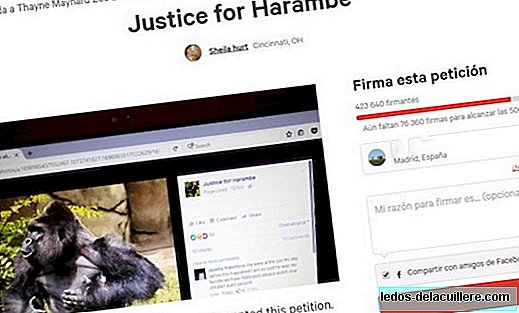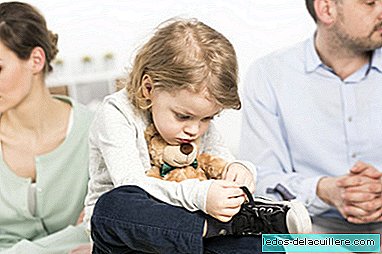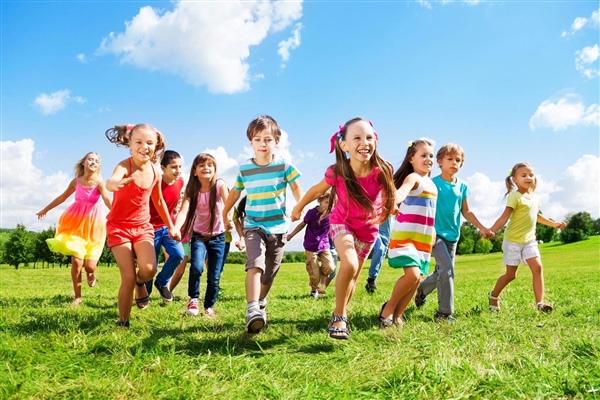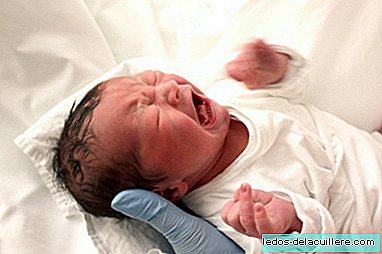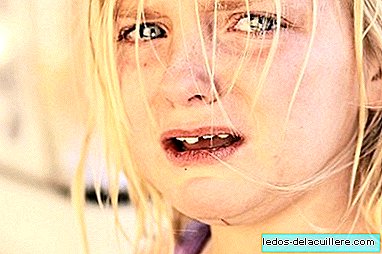
Every year 852 European children under 15 die due to abuse, a problem that should be recognized as public health (and not only from a legal or social impact point of view). A report from the WHO Regional Office for Europe, warns of the 18 million children under 18 who suffer abuse in Europe.
Child abuse can be prevented, and for that a set of measures that countries can take to address this problem will be prepared over the next few months public health; According to Zsuzsanna Jakab (WHO Director for Europe), these measures would be ready to be implemented once the project has been developed. In addition to having a devastating impact on the lives of young people, child abuse entails transcendental social and economic costs, several tens of billions of euros. The evidence that links abuse to the development of mental health problems is indisputable.
Child abuse may be responsible for a quarter of the burden of mental disorders, such as depression, anxiety, eating disorders, behavioral problems, suicide attempts, self-harm and the use of illicit drugs.
It also affects schooling, which leads to lower educational achievement and poorer job prospects. And there is a strong association with risky sexual behavior and new evidence of an association with the development of obesity and other noncommunicable diseases. Violent behavior is known to pass from generation to generation, promoting a cycle of violence.
Within child abuse physical, sexual and mental abuse are included; also the abandonment of children under 18, and exists in all societies; It occurs worldwide, and sometimes associated with other negative experiences such as caregivers (parents or others) having mental illness or drug dependence, caregivers are in jail, witnessing domestic violence or separation from parents.
Risk populations
Children of young, single and poor parents with low levels of education living in poor communities; children of parents with some type of addiction; domestic violence of some other kind at home; Stress situations in parents.
On the other hand, the physical punishment of children is accepted (and entrenched) socially and culturally, although inequalities and laws also influence the maintenance of abuse.
Poor children are the most affected: rates of serious abuse are more than double that in low and middle-income countries, and within countries, the mortality of children of less socially well-off parents is several times higher than that of children in rich sectors of the society. However, the important thing is to be aware that abuse can occur in any type of family, regardless of economic or social level, because sometimes mistaken beliefs weigh more than the family situation.
How to act?
Prevention is more profitable than dealing with the consequences of abuse. A public health approach is needed with the sustained application of evidence-based measures such as the following
Guidance of families at risk with programs involved in the early years, such as home visits to provide support to parents, parenting programs and preschool education.
Programs to prevent head trauma in infants from shaking, reducing the availability of alcohol, and intensive social and medical support to high-risk families are effective.
Interventions such as media campaigns (perhaps as it is in Italy, or this one of the ANAR Foundation); More research is needed to decide if poverty eradication programs or coexistence facilitators are implemented.

The aforementioned report has been published at the sixty-third session of the WHO Regional Committee for Europe, and considers that the prevalence of abuse It stands at 29.1% of emotional abuse, 22.9% of physical abuse, 13.4% for sexual abuse in girls and 5.7% in boys; So deaths are still the most serious consequences, they are only the tip of the iceberg.


